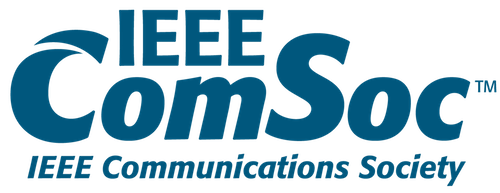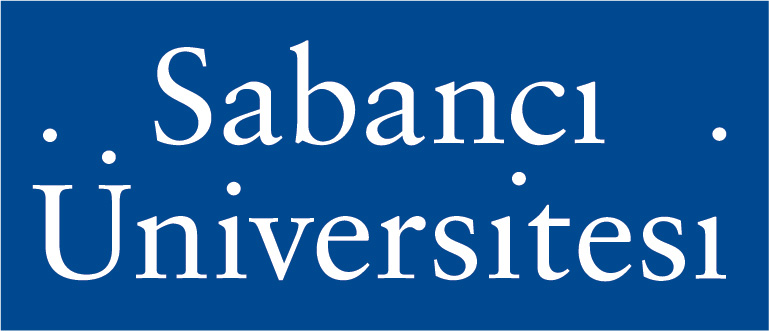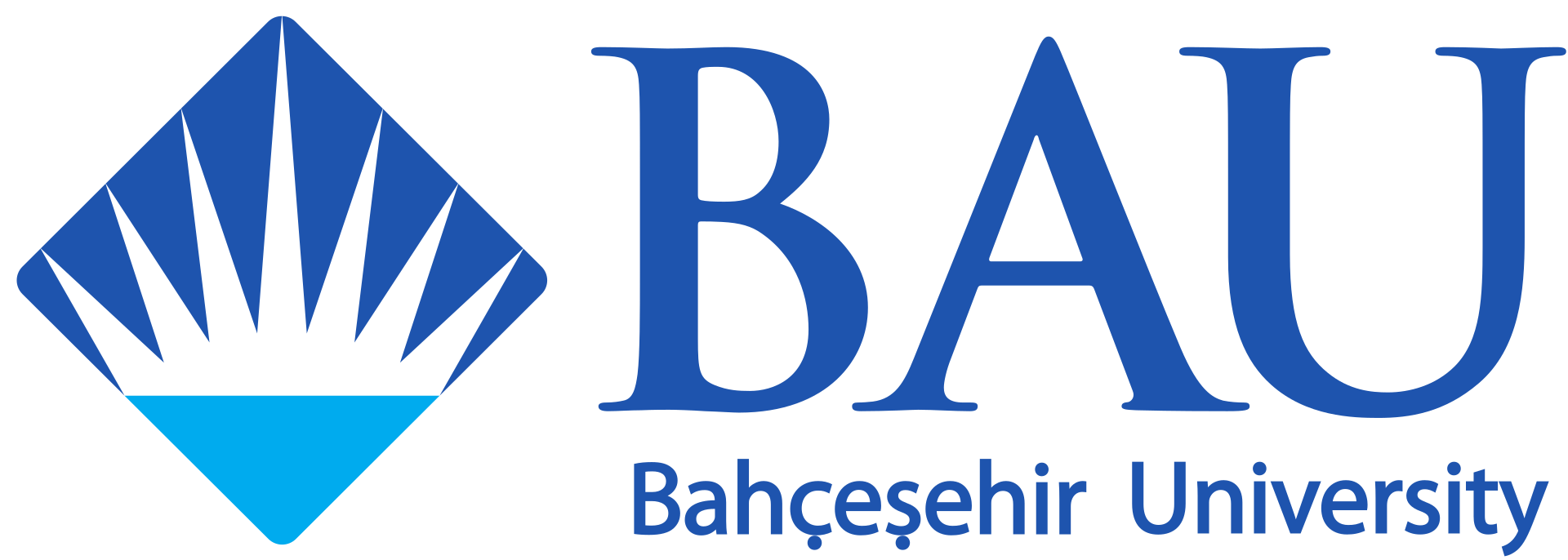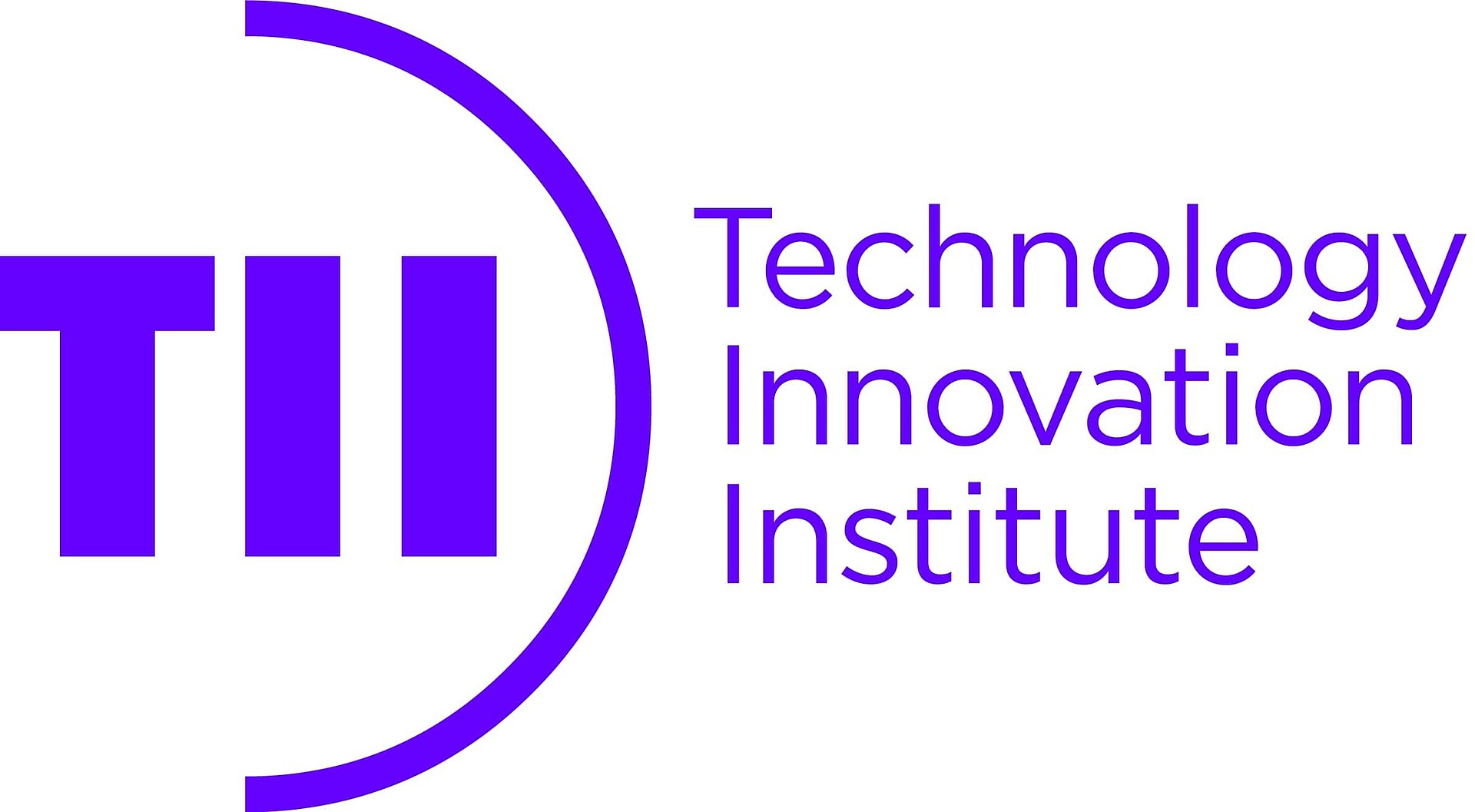Tutorials: June 5, 2023, Monday
Tutorials will be free within conference registration.
If you are a student (undergraduate or graduate student at a university), not registered to BalkanCom'23, you can attend our Tutorials by signing up via this form until June 2, 2023.
All tutorials will take place at the Fazıl Say Conference Hall of BAU.
Tutorial Program
| Time Slot | Speaker(s) | Title |
|---|---|---|
| 09:00 – 10:30 | Huseyin Arslan | Physical Layer Security: Latest Trends, Threats, and Countermeasures |
| 10:50 – 11:50 | Christos Masouros | Sustainable and Multifunctional Wireless Networks for 6G and Beyond |
| 13:00 – 14:30 | Christos Liaskos, Sotiris Ioannidis, Andreas Pitsillides | Towards the Internet of Materials: Hardware, Software and Networking Abstractions |
| 14:50 – 16:20 | Alper Yegin | Building Massive IoT with LoRaWAN |
| 16:40 – 17:40 | Chong Han | Terahertz Wireless Communications for 2030 and Beyond |
Physical Layer Security: Latest Trends, Threats, and Countermeasures
June 5, 2023, Monday
09:00 – 10:30
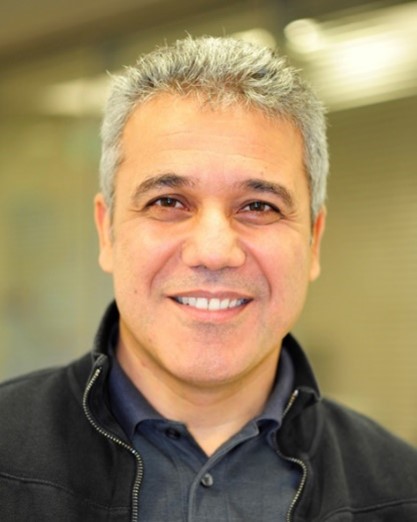
Abstract
With the rapid evolution of wireless networks across a broad technological environment which includes virtualization, IoT and Industry 4.0, our lives are surrounded by electronic devices capable of wireless radio transmission and reception, not only for communication purposes but also for radar, wireless sensing, and radio environment monitoring and mapping. Emerging Internet of Things (IoT) and Cyber-Physical Systems (CPS) applications aim to bring people, data, processes, and things together to fulfil our needs. With the emergence of software defined networks, adaptive services and applications are gaining more attention since they allow the automatic configuration of devices and their parameters, systems, and services to the user's context change. Granted, these devices, networks, and applications are huge commodities and improve our quality of life but they also present a major risk, not only because of the widely recognized security leaks in current wireless radio access technologies but also because of the enormous amounts of information over a medium which can be extracted by radio-based sensing.
Data and communication security have always been a focal point in wireless communication, and we have had great success with bit level cryptographic techniques and associated protocols at various levels of the data processing stack. Recently, new security approaches built on information theory fundamentals and by exploiting the secrecy capacity of the propagation channel have gained significant interest. Also, with the evolution of adaptive and flexible physical layer (PHY) and medium access (MAC) layer techniques, our radios and networks have become extremely capable and rich. Utilizing these capabilities has created new ways of designing secure communication and wireless transmission.
In addition to data communication, recent studies have suggested the use of wireless transmissions for sensing radio and physical environment to enable flexible, aware networks and environment monitoring applications. Anything related to wireless transmission, anything that the signal interacts with, can be or is being sensed, including user mobility and spectrum usage behavior, objects in the environment, and much more. This is no doubt an immense opportunity from both an academic and a commercial perspective.
Wireless physical layer secrecy has attracted much attention in recent years due to the broadcast nature of the wireless medium and its inherent vulnerability to eavesdropping, jamming, and interference. As a result, several key technologies have been advocated for improving PHY security. While most articles on physical layer secrecy focus on the information-theoretic aspect, there has been a significant amount of research which advocated using the randomness of the wireless channel through various diversity techniques including adaptive modulation and channel coding alongside the use of artificial noise signals to disrupt the wiretap user. On the other hand, recent progress in radio access technologies has enabled several enhanced secure transmission schemes, such as massive MIMO, beamforming, precoding, the integration of non-orthogonal multiple-access (NOMA), coordinated multiple access, advanced and rich set of modulation and waveform techniques, etc. However, the emergence of large-scale, dynamic, and decentralized wireless networks, along with the increased importance of Internet of Things (IoT) devices and applications, impose new challenges on classical point-to-point PHY layer security measures. To this end, researchers have been seeking for new security technologies to complement PHY layer security and significantly improve the overall security of wireless communication networks. All of these highly sophisticated radio access technologies can be exploited in order to design robust PHY, MAC, network, and cross-layer security schemes to cope with the continuous secrecy demand. Considering their potential applications in future wireless networks, these security mechanisms will receive even more research interest from both academia and industry.
In this tutorial, we will cover both communication and sensing security from a broader perspective. Even though, more emphasis on PHY security is given, other security measures will also be covered for the sake of completeness and as a step towards cross-layer security and cognitive security vision. After discussing the features and probabilities of wireless channel from both communication and sensing perspectives, exploitation of these for secure transmission will be treated in detail utilizing various approaches. We will cover wireless sensing and radio environment concepts along with the related security implications in terms of eavesdropping, disruption, manipulation and, in general, the exploitation of wireless sensing by illegitimate users. Various solutions for these threats from the domains of wireless communication, military radars, machine learning and more will be discussed. The tentative outline of the Tutorial will be as follows:
- Wireless Communication trends, requirements
- Importance of secure communication
- Classification of communication security
- PHY security: Communication and REM
- PHY security: Eavesdropping, Spoofing and Jamming
- Anti-jamming capable communication
- Cross-layer security
- Secure communication and other advanced radio access technologies
- Case- studies:
a- Security in URLLC (URLL & Secure communication)
b- Security in vehicular network (V2V and V2I)
c- Security in NOMA
d- Security in LIS
Speaker Biography
Dr. Arslan (IEEE Fellow, IEEE Distinguished Lecturer, Member of Turkish Academy of Science) received his BS degree from the Middle East Technical University (METU), Ankara, Turkey in 1992; his MS and Ph.D. degrees were received respectively in 1994 and 1998 from Southern Methodist University (SMU), Dallas, TX. From January 1998 to August 2002, he was with the research group of Ericsson, where he was involved with several projects related to 2G and 3G wireless communication systems. Since August 2002, he has been with the Electrical Engineering Department, at the University of South Florida, where he is a Professor. In December 2013, he joined Istanbul Medipol University to found the Engineering College, where he has been worked as the Dean of the School of Engineering and Natural Sciences. In addition, he has worked as a part-time consultant for various companies and institutions including Anritsu Company, Savronik Inc., and The Scientific and Technological Research Council of Turkey.
Dr. Arslan’s research interests are related to advanced signal processing techniques at the physical and medium access layers, with cross-layer design for networking adaptivity and Quality of Service (QoS) control. He is interested in many forms of wireless technologies including cellular radio, wireless PAN/LAN/MANs, fixed wireless access, aeronautical networks, underwater networks, in vivo networks, and wireless sensors networks. His current research interests are on 5G and beyond radio access technologies, physical layer security, interference management (avoidance, awareness, and cancellation), cognitive radio, small cells, UWB, multi-carrier wireless technologies, dynamic spectrum access, co-existence issues on heterogeneous networks, aeronautical (High Altitude Platform) communications, in vivo channel modeling and system design, and underwater acoustic communications. He has served as technical program committee chair, technical program committee member, session and symposium organizer, and workshop chair in several IEEE conferences. He is currently a member of the editorial board for the IEEE Surveys and Tutorials and the Sensors Journal. He has also served as a member of the editorial board for the IEEE Transactions on Communications, the IEEE Transactions on Cognitive Communications and Networking (TCCN), the Elsevier Physical Communication Journal, the Hindawi Journal of Electrical and Computer Engineering, and Wiley Wireless Communication and Mobile Computing Journal.
Dr. Arslan has made scholarly contributions in various arenas and his research has created 55 issued patents and more than 75 pending patents, 51 book chapters, 3 edited books and one text book, more than 180 peer-reviewed journal papers (mostly IEEE journals) and more than 260 peer-reviewed IEEE conference papers. His work in wireless communications has led to more than 19000 citations and to a Google scholar H-index of 53. His outstanding contributions in wireless communications was recognized by his peers by elevation to IEEE Fellow. He is also selected as a full member of Turkish Academy of Sciences.
In addition to his research activities, Dr. Arslan has also contributed significantly to wireless communication education. He has integrated the outcomes of his research into education which lead him to develop several prestigious educational journal and conference papers. He also has developed a unique “Wireless Systems Laboratory” course (funded by the National Science Foundation and Agilent technologies) where he was able to teach not only the theory but also the practical aspects of wireless communication system with the most contemporary test and measurement equipment. Dr. Arslan has been honored with numerous teaching awards in recognition of his reputation among students as an effective teacher. He has graduated 26 PhD students and 24 MS students. His students received numerous awards and found employment in top universities and key industrial companies all over the world.
Sustainable and Multifunctional Wireless Networks for 6G and Beyond
June 5, 2023, Monday
10:50 – 11:50
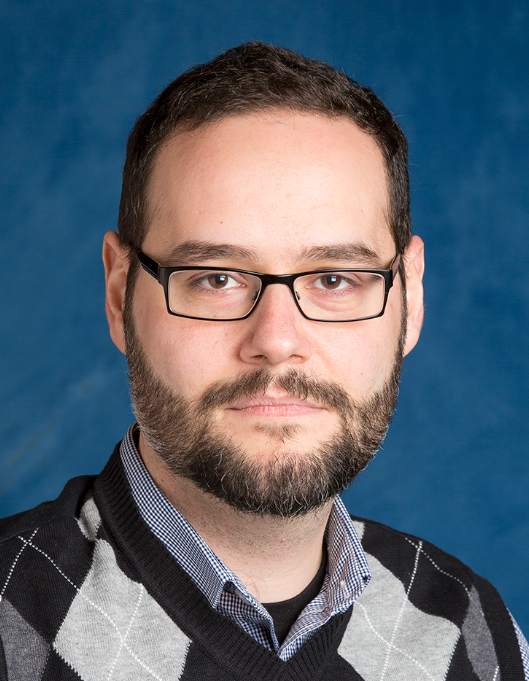
Abstract
The future Global cellular infrastructure will underpin smart city applications, urban security, infrastructure monitoring, smart mobility, among an array of emerging applications that require new network functionalities beyond communications. Key network KPIs for 6G involve Gb/s data rates; cm-level localization; μs-level latency; Tb/Joule energy efficiency. Future networks will also need to support the UN’s Sustainable Development Goals to ensure sustainability, net-zero emissions, resilience and inclusivity. The multifunctionality and the net-zero emissions agenda necessitate a redesign of the signals and waveforms for 6G and beyond. In this tutorial, we will first explore a recent research direction involving symbol-level precoding (SLP) approaches that treat interference as a useful resource in multi-antenna communication systems. These have been shown to offer orders of magnitude savings in power consumption, over a range of communication scenarios. The second part of the tutorial will focus on enabling the multi-functionality of signals and wireless transmissions, as a means of hardware reuse and carbon footprint reduction. We will overview the emerging area of integrated sensing and communications (ISAC), that is a paradigm shift that enables a both sensing and communication functionalities from a single transmission, a single spectrum use and ultimately a common infrastructure. With the rising demand for sustainability and resilience from the network infrastructure, the above technologies are becoming essential building blocks of the wireless network.
Speaker Biography
Christos Masouros (SMIEEE, MIET) received the Diploma degree in Electrical and Computer Engineering from the University of Patras, Greece, in 2004, and MSc by research and PhD in Electrical and Electronic Engineering from the University of Manchester, UK in 2006 and 2009 respectively. In 2008 he was a research intern at Philips Research Labs, UK. Between 2009-2010 he was a Research Associate in the University of Manchester and between 2010-2012 a Research Fellow in Queen's University Belfast. In 2012 he joined University College London as a Lecturer. He has held a Royal Academy of Engineering Research Fellowship between 2011-2016. Since 2019 he is a Full Professor of Signal Processing and Wireless Communications in the Information and Communications Engineering research group, Dept. Electrical and Electronic Engineering, University College London. His research interests lie in the field of wireless communications and signal processing with particular focus on Green Communications, Large Scale Antenna Systems, Integrated Sensing and Communications, interference mitigation techniques for MIMO and multicarrier communications. He was the co-recipient of the 2021 IEEE SPS Young Author Best Paper Award. He was the recipient of the Best Paper Awards in the IEEE GlobeCom 2015 and IEEE WCNC 2019 conferences, and has been recognized as an Exemplary Editor for the IEEE Communications Letters, and as an Exemplary Reviewer for the IEEE Transactions on Communications. He is an Editor for IEEE Transactions on Communications, IEEE Transactions on Wireless Communications, the IEEE Open Journal of Signal Processing, and Editor-at-Large for IEEE Open Journal of the Communications Society. He has been an Associate Editor for IEEE Communications Letters, and a Guest Editor for a number of IEEE Journal on Selected Topics in Signal Processing issues. He is a founding member and Vice-Chair of the IEEE Emerging Technology Initiative on Integrated Sensing and Communications (ISAC), Vice Chair of the IEEE Wireless Communications Technical Committee Special Interest Group on ISAC, and Chair of the IEEE Green Communications & Computing Technical Committee, Special Interest Group on Green ISAC. He is the TPC chair for the IEEE ICC 2024 Selected Areas in Communications (SAC) Track on ISAC.
Towards the Internet of Materials: Hardware, Software and Networking Abstractions
June 5, 2023, Monday
13:00 – 14:30
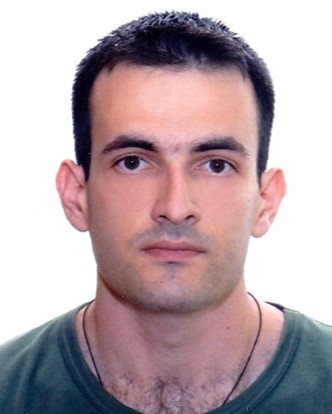
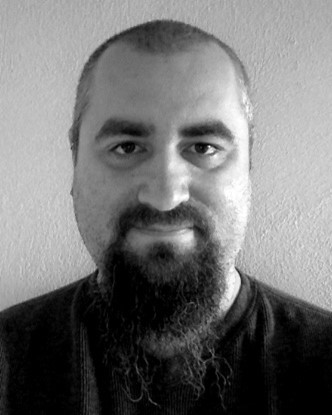
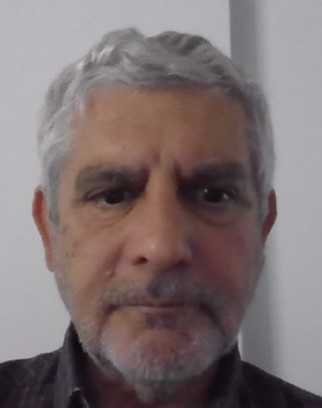
Abstract
This tutorial will study the use of intelligent materials as enforcers of software-defined physics. Intelligent materials can tune their physical properties (electromagnetic, acoustic, mechanical and thermal) by receiving software commands. When incorporated within products and living spaces they can, e.g., mitigate major wireless propagation issues, harvest energy, repair acoustics and thermal dissipation caused by inefficient, partially optimized designs. Thus, the lines between product optimization during its design phase and its operating phase can be blurred with interesting prospects.
The survey begins by surveying existing artificial materials in the electromagnetic domain, outlining their operating principles, as well as the necessary hardware and software for controlling their macroscopic physical properties in in real time. Then, the discussion extends the same principles to artificial materials of any physical domain, enabling the Internet of Materials (IoM). Finally, we survey promising applications of the IoMA across multiple sectors, highlighting their challenges and gain potential.
Speaker Biography
Christos Liaskos received the Diploma degree in electrical engineering from the Aristotle University of Thessaloniki (AUTH), Greece, in 2004, the M.Sc. degree in medical informatics from the Medical School, AUTH, in 2008 and the Ph.D. degree in computer networking from the Department of Informatics, AUTH, in 2014. He is currently an Assistant Professor with the University of Ioannina, Ioannina, Greece, and an Affiliated Researcher with the Foundation for Research and Technology Hellas (FORTH), Heraklion, Greece. His research interests include computer networks, traffic engineering, and novel control schemes for wireless communications.
Sotiris Ioannidis received the B.Sc. degree in mathematics and the M.Sc. degree in computer science from the University of Crete, in 1994 and 1996, respectively, and the Ph.D. degree from the University of Pennsylvania, in 2005. He has been a Research Director at the FORTH since 2020. He is currently an Associate Professor at the Technical University of Crete (TUC) and the Director of the Microprocessor and Hardware Laboratory.
Andreas Pitsillides is a Professor in the Department of Computer Science, University of Cyprus, heads the Networks Research Laboratory (NetRL), and is appointed Visiting Professor at the University of Johannesburg, Department of Electrical & Electronic Engineering Science, Johannesburg, South Africa. His broad research interests include communication networks, Nanonetworks and Software Defined Metamaterials for wireless communication (Reconfigurable Intelligent Surfaces and Programmable Wireless Environments), the Internet of Things, Smart Spaces (Home, Grid, City), and Internet technologies and their application in Mobile e-Services, especially e-health, and security. He has a particular interest in adapting tools from various fields of applied mathematics such as adaptive non-linear control theory, computational intelligence, game theory, and nature inspired techniques, to solve problems in communication networks. Published over 350 refereed papers in flagship journals (e.g. IEEE, Elsevier, IFAC, Springer), international conferences and book chapters, 2 books (one edited), participated in over 40 research projects, funded by the European Commission (including VISORSURF) and Cyprus, as principal or co-principal investigator, received several awards, including best paper, presented keynotes, invited lectures at major research organisations, short courses at international conferences and short courses to industry, and serves/served on several journal and conference executive committees.
Building Massive IoT with LoRaWAN
June 5, 2023, Monday
14:50 – 16:20
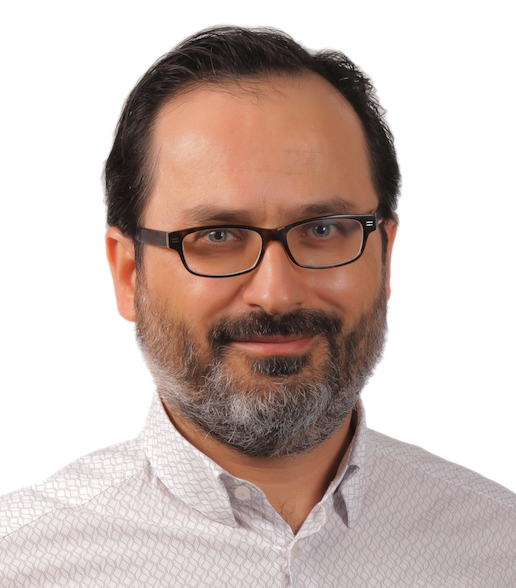
Alper Yegin
Vice-Chair of BoD and Chair of Technical Committee in LoRa Alliance
CTO of Actility
Abstract
LoRaWAN is the wireless communication technology that is specifically built for serving Massive IoT use cases through its long range and low power nature. With the help of its operation over unlicensed bands and low-cost infra investment, we are witnessing rapid adoption of this technology practically in all IoT verticals, from pet tracking to smart cities, being served by public, private, and community networks, both terrestrially and also via LEO and GEO satellites. In this talk, Alper Yegin will introduce the technical features, example use cases, current deployments, and the latest developments in LoRaWAN technology.
Speaker Biography
Alper Yegin is a technology architect involved in research, design, and standardization of IoT and mobile technologies. He is currently serving as the Chief Technology Officer at Actility, Chair of the Technical Committee and Vice-Chairman of the LoRa Alliance. Prior to his current post, Alper has worked for Samsung Electronics Research Center where he led the design of 5G IP mobility, 4G WiMAX security, and ETSI M2M security. He made significant contributions to the design and standardization of networking technologies including Mobile IP, IPv6, Zigbee IP, and PANA during his tenure at Samsung, DoCoMo USA Labs, and Sun Microsystems. He has been actively involved in international standards organizations such as LoRa Alliance, IETF, ETSI, 3GPP, Zigbee Alliance, and WiMAX Forum at contributor and committee chair capacities. He is a past member of IETF Wireless and IPv6 Forum Technical Directorates. Alper is an author of numerous telecom-related standards and papers with 16 granted and several pending patents.
Terahertz Wireless Communications for 2030 and Beyond
June 5, 2023, Monday
16:40 – 17:40
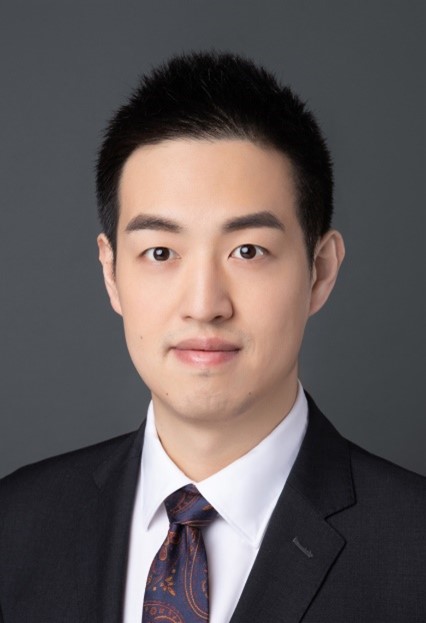
Abstract
Terahertz (THz) communications is envisioned as a highly promising wireless technology for the sixth generation (6G) and beyond wireless networks. In particular, the ultra-wide THz band ranging from 0.1 to 10 THz offers enormous potential to alleviate the spectrum scarcity and break the capacity limitation of emerging wireless systems (such as 5G). This will undoubtedly support the epoch-making wireless applications that demand ultra-high quality of service requirements and multi-terabits per second data transmission in the 6G and beyond era, such as metaverse and extended reality, terabit-per-second backhaul systems, and wireless high-bandwidth secure communications. This talk will provide a comprehensive look at cutting-edge THz communications strategies for 6G and beyond wireless networks. Finally, this talk will identify and discuss the out-standing barriers that future wireless system designers must tackle to reap the full benefits of THz communications in the 6G and beyond era.
Speaker Biography
Chong Han is with Shanghai Jiao Tong University, Shanghai, China, where he is currently a John WU & Jane Sun Endowed Associate Professor, and the Director of the Terahertz Wireless Communications (TWC) Laboratory. He obtained the Ph.D. degree in Electrical and Computer Engineering from Georgia Institute of Technology, Atlanta, GA, USA, in 2016. He received 2019–2021 Distinguished TPC Member Award, IEEE International Conference on Computer Communications (INFOCOM) and 2018 Elsevier Nano Communication Network Journal Young Investigator Award, 2018 Shanghai Chenguang Funding Award, and 2017 Shanghai Yangfan Funding Award. He is a (guest) editor of IEEE JSAC, JSTSP, Open Journal of Vehicular Technology, etc. He has published 6 book chapters, 50+ journal articles, and 60+ conference papers, most of which, if not all, are related to THz communications. He is a TPC Co-Chair or General Co-Chair for the 1st–6th International Workshop on Terahertz Communications, in conjunction with IEEE ICC/Globecom. Furthermore, he will be the symposium chair of SAC THz Communications with Globecom’2023. He is serving as a Vice Chair of IEEE ComSoc RCC Special Interest Group (SIG) on THz Communications.







